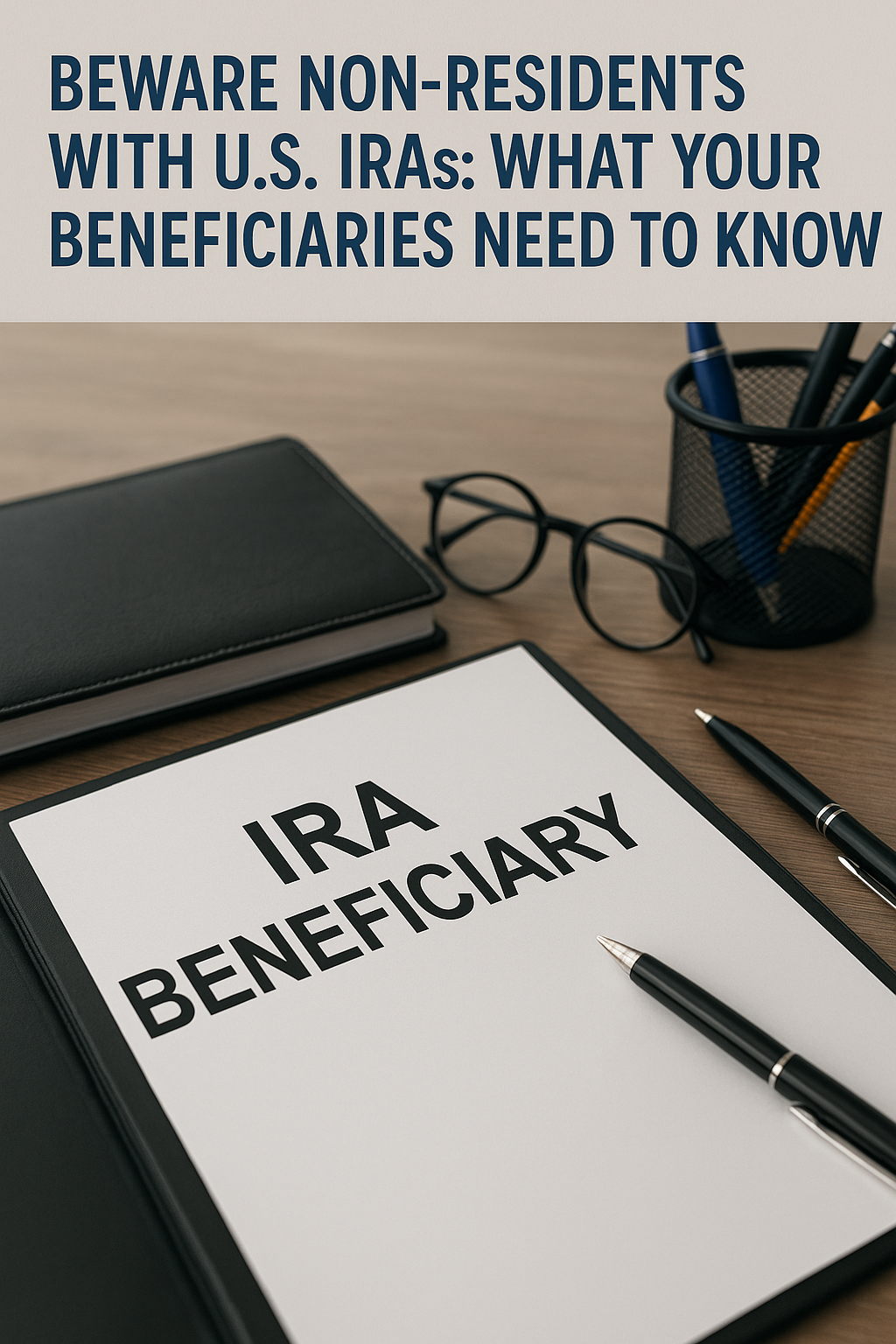
When it comes to financial planning, timing can make a world of difference—especially when it comes to Roth conversions. While the strategy itself is powerful, executing a Roth conversion when markets are down can significantly boost your long-term tax savings and investment growth.
Let’s break down exactly why that is—and why a market correction might be your window of opportunity.
The Basics: What Is a Roth Conversion?
A Roth conversion involves moving money from a traditional IRA (or another pre-tax retirement account) into a Roth IRA. When you do this, you’ll pay ordinary income tax on the converted amount now, but once it’s in the Roth IRA, your money grows tax-free—and stays that way, even when you withdraw it in retirement.
That means no required minimum distributions (RMDs), no tax surprises later in life, and a more flexible tool for managing your retirement income.
So Why Convert When Markets Are Down?
Let’s use a simple example to explain:
Suppose you hold one balanced mutual fund in your traditional IRA, and it’s trading at $100 per share. You’re planning to do a Roth conversion of $100,000, which would move 1,000 shares over to your Roth IRA.
Now imagine the market drops, and your fund falls to $50 per share. Instead of converting 1,000 shares, you can now convert 2,000 shares for the same $100,000. That’s double the number of shares going into your Roth.
When the market recovers and the share price goes back to $100, those 2,000 shares are now worth $200,000—and because they’re in a Roth IRA, that entire amount is tax-free. The timing allowed you to convert an extra $100,000 with no additional tax.
The Long-Term Tax Advantage
Let’s compare the two scenarios side-by-side:
| Scenario | Shares Converted | Value After Market Recovery | Taxes on Withdrawal | Tax Savings |
| Convert at $100/share | 1,000 shares | $100,000 | 22% of $100,000 = $22,000 | – |
| Convert at $50/share | 2,000 shares | $200,000 | $0 (Roth IRA) | $22,000 saved |
That’s a $22,000 (22% bracket) tax bill avoided simply by converting while the market was temporarily down.
The Power of Moving More Shares
The key insight here is this: a market correction lets you transfer more shares for the same tax cost. That means you’re maximizing the long-term growth inside your Roth IRA—where that growth will never be taxed again.
In contrast, had you left those investments in your traditional IRA, the growth would still occur, but you’d owe taxes on every dollar withdrawn in retirement.
A Strategic Opportunity in Uncertain Times
Market dips are emotionally challenging, but they can also be moments of opportunity. If you’re already considering a Roth conversion, a temporary downturn may be your chance to lock in a bigger long-term benefit.
Before you act, be sure to:
- Check how much room you have before hitting a higher tax bracket
- Coordinate with your tax advisor or financial planner
- Don’t overthink it! You will not time it perfectly.
In investing—and tax planning—it’s not always about how much you convert, but when. A Roth conversion during a market dip lets you move more shares for the same price, setting you up for greater tax-free growth in the future.
Done right, that’s a strategy that pays off when it matters most, in retirement.




